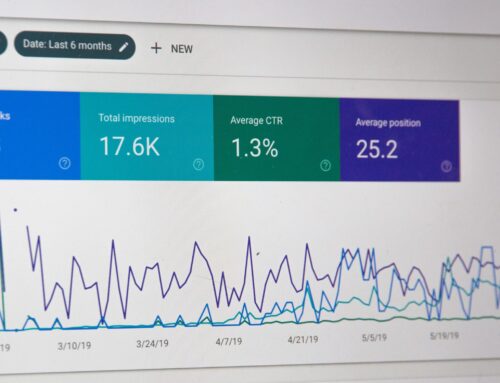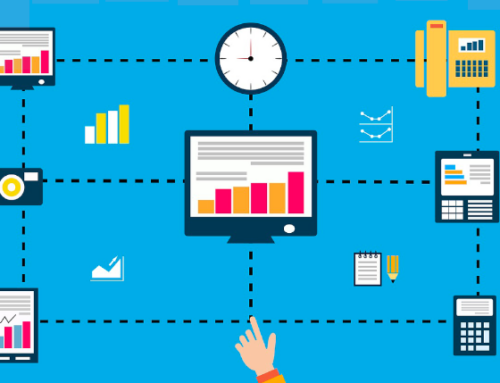What is Blended Learning?
 Designing learning materials isn’t easy. Finding ways to balance budget, time, and labor, while creating good content is daunting. If your organization still mostly relies on traditional learning – face to face in a physical location – then these problems might be pressing. You’re probably looking for improvements. Maybe you know of eLearning, but don’t want to lose your face-to-face time. If that sounds like you, then you’re in luck. Because a perfect middle ground exists.
Designing learning materials isn’t easy. Finding ways to balance budget, time, and labor, while creating good content is daunting. If your organization still mostly relies on traditional learning – face to face in a physical location – then these problems might be pressing. You’re probably looking for improvements. Maybe you know of eLearning, but don’t want to lose your face-to-face time. If that sounds like you, then you’re in luck. Because a perfect middle ground exists.
Blended eLearning can add major benefits to your training, while letting you keep the familiar things that you love. To get an idea of just what these benefits are, here are the reasons why you should consider blended learning.
Blended Learning makes learning more efficient
Blended learning helps make learning more efficient. This can come in saving travel costs or labor loss from sending learners to seminars. But one of the main ways it makes learning more efficient is by making it more flexible. In a blended learning environment, learners can access content anytime and anyplace.
Not only does this allow learners to address their knowledge gaps on their own, but it also opens the door to great eLearning perks. The two key ones being microlearning and performance support tools. Microlearning is the process of delivering information in small chunks. And performance support tools are quick resources that learners can utilize to refresh on information. These are great learning trends that are easy to use in eLearning settings.
Blended Learning Personalizes
Personalized learning is one of the biggest trends in eLearning, and for good reason. Think of it this way, why do many schools have an upper limit on how many students can be in one classroom? Sure, teachers can only handle so much work. But the main reason is because we want teachers to meet each student’s needs. The best classroom is one where the teacher knows each student’s strengths and weaknesses and is able to work with them to address their knowledge gaps.
Blended learning helps make learning more personal. With an eLearning course, both instructor and learner can clearly see where knowledge gaps are. Not only that, but a blended learning environment also allows instructors to assign specific practice assignments, games, or videos to help each individual reach their goals.
 Blended Learning Reinforces material
Blended Learning Reinforces material
Another great attribute of blended learning is its ability to reinforce information. This perk goes hand-in-hand with how it personalizes learning. After covering content in the classroom or training room, the instructor can easily assign specific material online. This doesn’t have to simply more work. Depending on the individual and the content, the instructor can assign videos, modules, or activities, among other things. The options are limitless. And the more we reinforce information, the better we fight against the forgetting curve. It’s no wonder why the JMIR found in their research that blended learning can show better knowledge outcomes than traditional learning.
Takeaways
If you’re an instructor, you know the challenges of cultivating effective learning. There are tons of restrictions you need to follow – whether they be due to money or time – and knowing where to go is tricky. However, if you teach in a traditional setting, then there’s an easy upgrade you can make. You don’t need to erase your face-to-face meetings completely to take advantage of the latest online trends. By blending your learning, it can be more efficient, personal, and effective. Bottom line: a blended learning environment lets you have the best of both worlds.
For more industry-focused articles like this, subscribe to our free monthly newsletter, Smarter…Faster!

 Blended Learning Reinforces material
Blended Learning Reinforces material 


